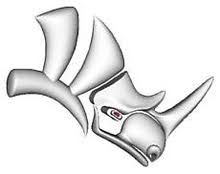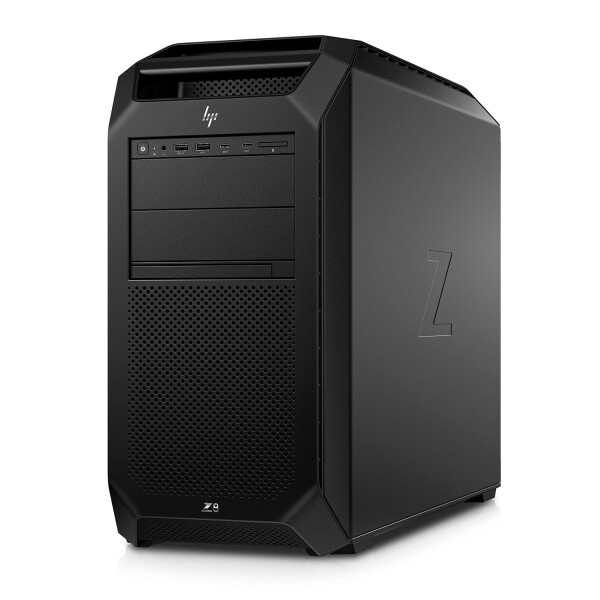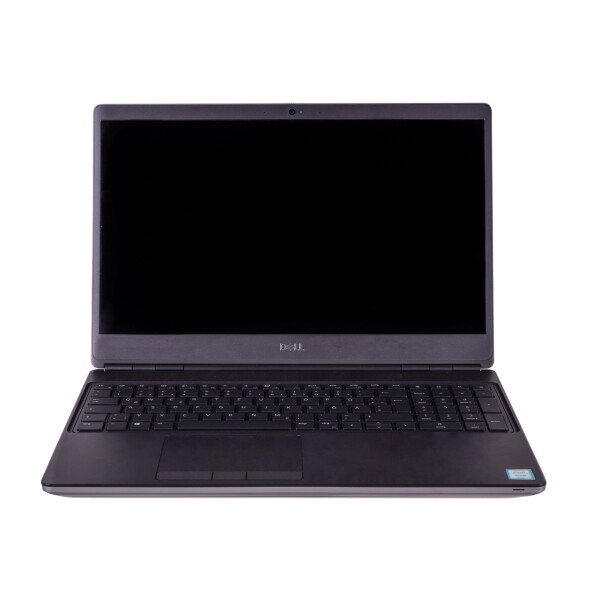How to configure your workstation for Rhino 7
With the user-friendly 3D design software Rhinoceros, short for Rhino 3D, you are  able to model any 3D body. The program offers you compatibility with many other drawing, mechanical engineering and design programs. Rhinoceros 3D is a cost-effective CAD program for architects, designers and product designers.
able to model any 3D body. The program offers you compatibility with many other drawing, mechanical engineering and design programs. Rhinoceros 3D is a cost-effective CAD program for architects, designers and product designers.
High Speed Processor for Rhino 7
Rhino 3D uses a maximum of 1-2 cores of its CPU for the development and construction process. We recommend using a workstation with Intel Xeon 8- or 10-core with a high clock frequency with a Turbo Boost performance of 4.50 GHz. For 3D renderings, Rhino uses all available CPU cores. Often a multi-core capable rendering engine, such as V-Ray, is used for modeling or virtualization. For this purpose we recommend a workstation with DUAL CPU, for example 2 x Intel Xeon Gold 6150 with 18 cores each and maximum 3.70 GHz, alternatively an Intel i9 10-Core with maximum 4.5 GHz in Turbo Boost or an Intel Xeon W-2155 with 10 cores and 4.50 GHz in Turbo Boost.
Optimize Memory for Rhino 7
We cannot share the manufacturer's minimum recommendation of 8 GB RAM. The basis for a professional workstation is at least 16 GB of RAM. For simple constructions, 16 GB RAM is sufficient. If you are modeling large scenes, we recommend 32 GB, DDR4 with ECC support (automatic error correction). For demanding 3D renderings, 64 GB or more of RAM is fine. You can display the memory usage at any time via the task manager under the menu *Performance*. To create the optimal conditions, we load our business workstation in quad-channel mode. Pay attention to the number of available memory banks so that you can easily upgrade the working memory if necessary.
The perfect graphic card for Rhino 7
We recommend that you use as much graphics card memory as your budget allows. The standard is to use a graphics card with at least Open GL 4.1. Powerful graphics cards are able to display more complex models more smoothly by reducing or completely eliminating display delays (judder). In version 6, display performance has been improved. Rendering applications use GPU acceleration in Rhino 7 and the integrated Cycles Raytrace renderer can be configured for GPU acceleration. V-Ray for Rhino 7 provides features specifically designed to take advantage of NVIDIA CUDA core acceleration. As a good price-performance ratio, we can recommend an NVIDIA Quadro RTX A2000 with 6 or optionally 12 GB GDDR6 VRAM, Open GL 4.5 and DirectX12. As a performance graphics card, we go for an NVIDIA Quadro RTX A4000 with 16 GB GDDR6 VRAM. As a high-end graphics card, we recommend an NVIDIA Quadro RTX A5000 with 8,192 parallel CUDA processing units. Alternatively, you can use inexpensive AMD graphics cards from the Radeon Pro series. As an entry-level graphics card, we recommend an AMD Radeon Pro W6600 with (GB GDDR6 VRAM. For more demanding tasks, opt for an AMD Radeon Pro W6800 with 32 GB of GDDR6 VRAM. AMD graphics cards require adjustment of certain Rhino settings. Please do not rely on benchmark test results. Benchmarks do not test the GPU under real-life conditions and are unsuitable as a benchmark for this reason. . Please always use the latest graphics card driver for Rhino. NVIDIA and AMD provide graphics card driver updates at regular periods.
The right hard disk power for Rhino 7
The use of solid state hard disks has proven to be the standard. SSD stands for fast data access, ideally you use SSDs with new NVME technology. We recommend M.2 SSDs, which can access the operating system and their programs up to 6 times faster than conventional S-ATA SSDs via a PCIe interface. We recommend that you use a local SSD to save your current projects that you are working on. If you store current projects on a server and access your data via a slow network connection, there will be a significant loss of speed.
Recommendations for Rhinoceros 3D

- 3 In stock
-
Delivery time: 1 - 2 Workdays (DE - int. shipments may differ)




